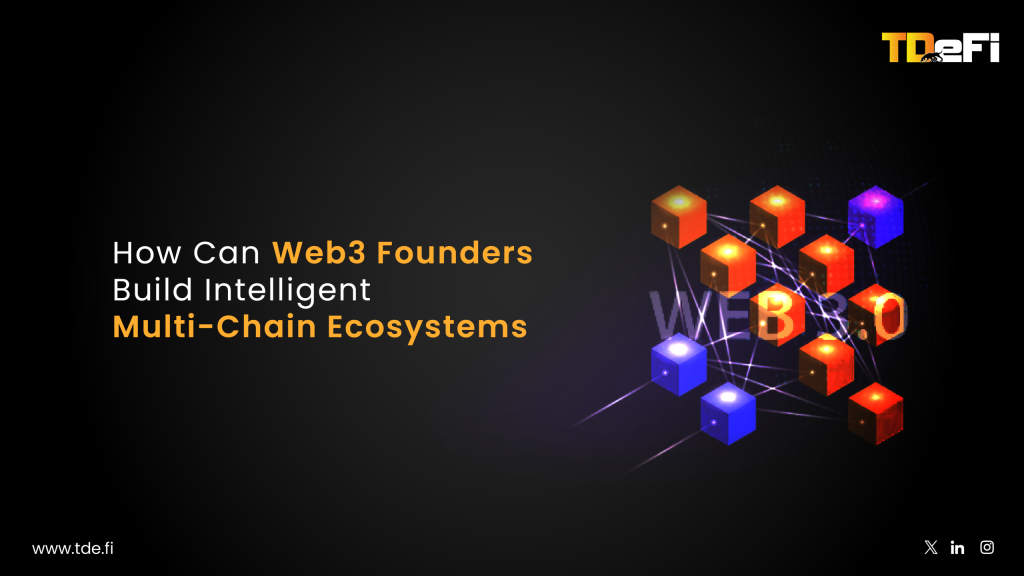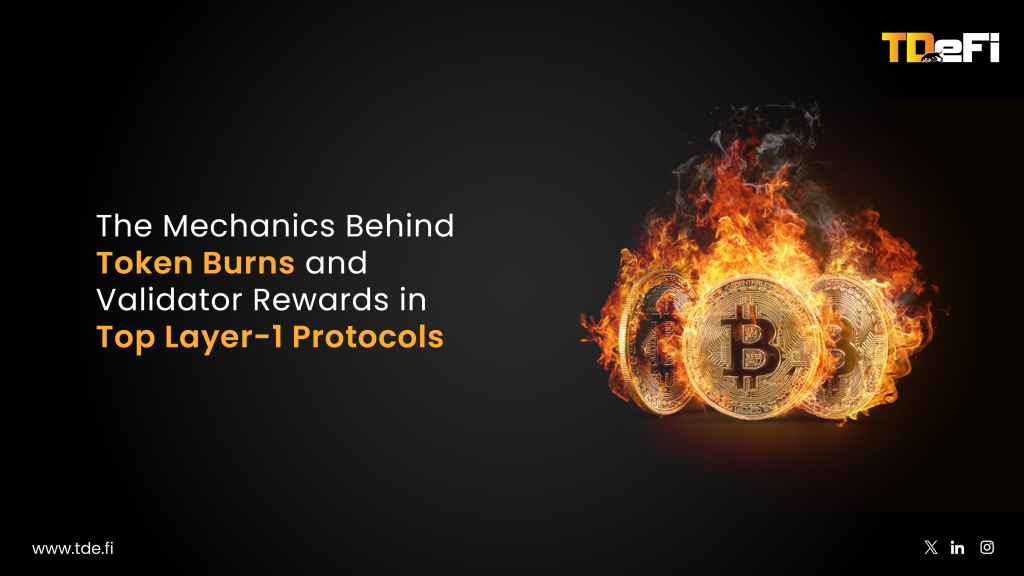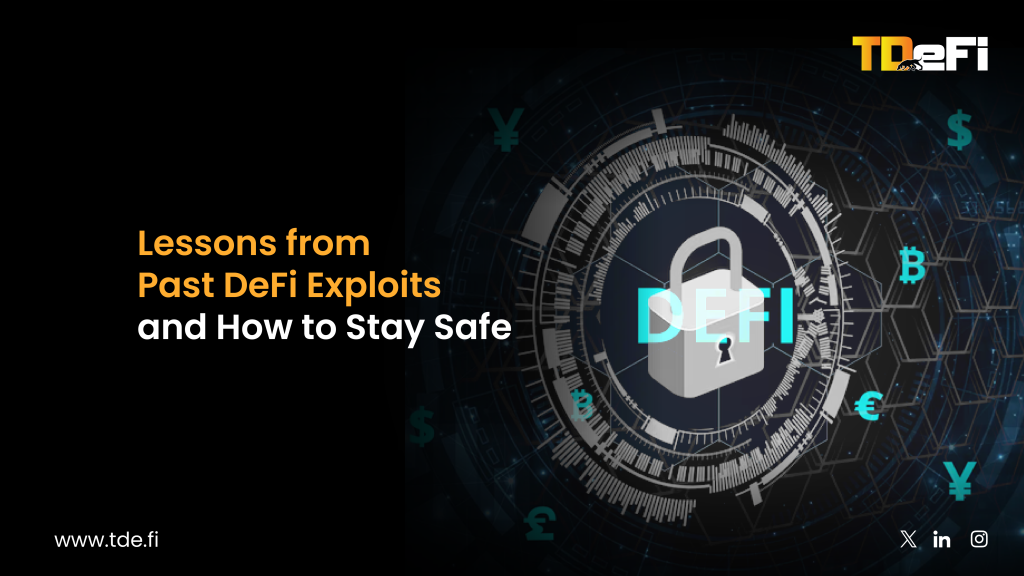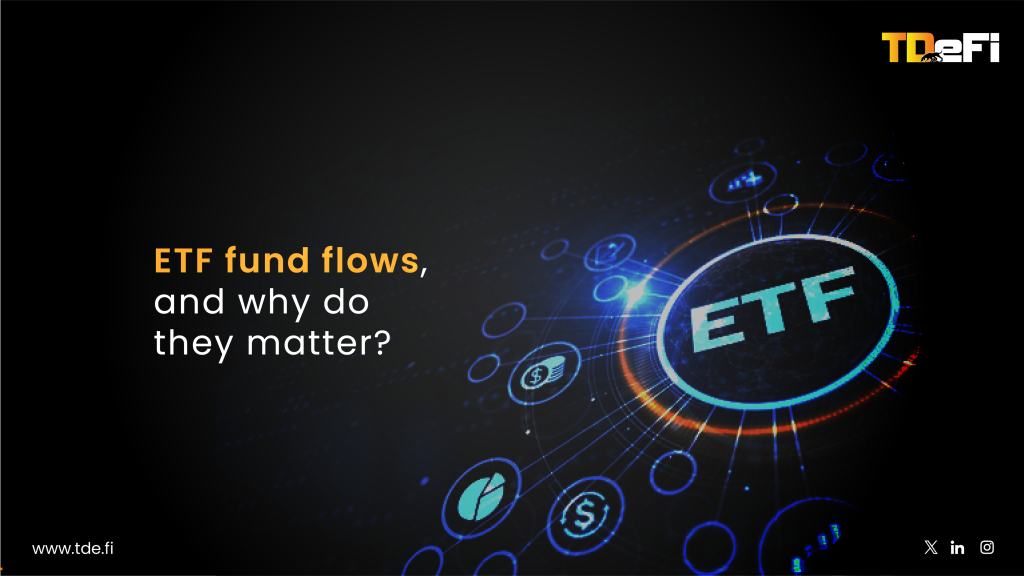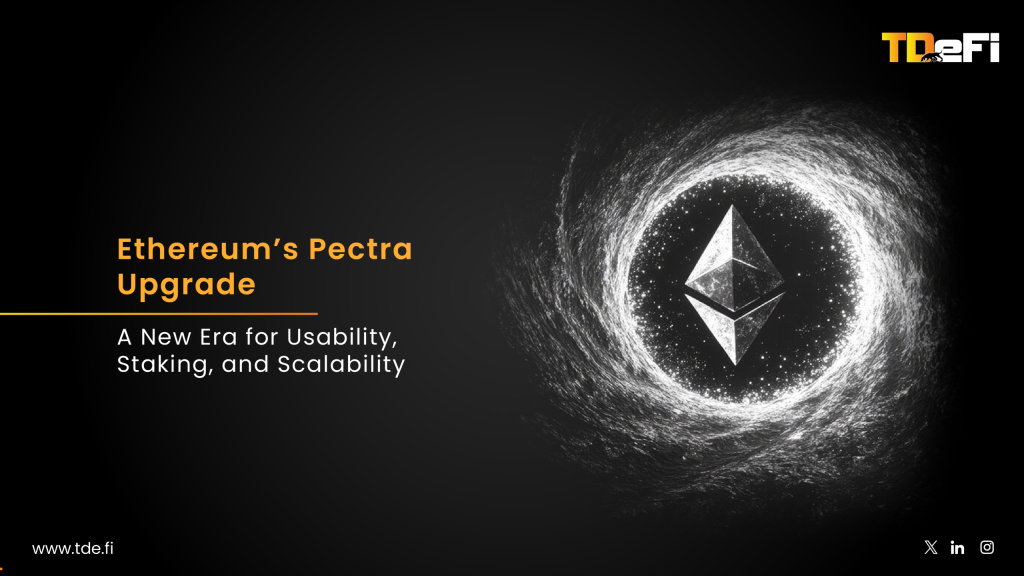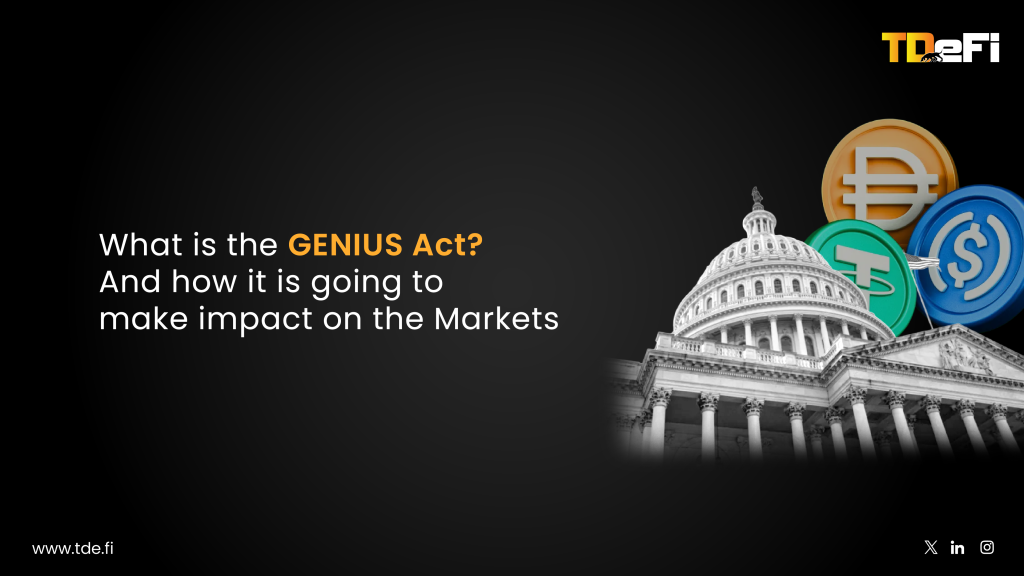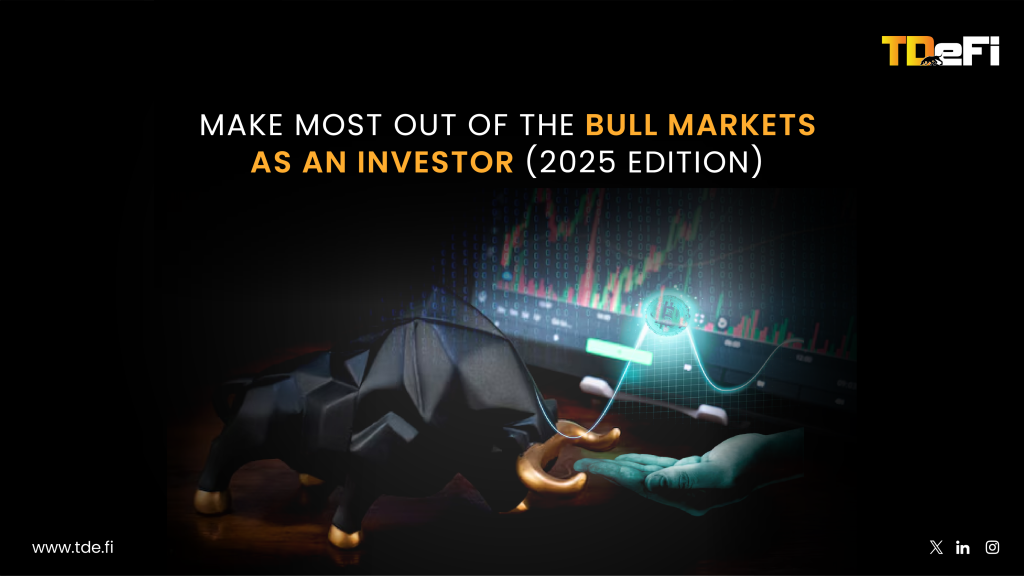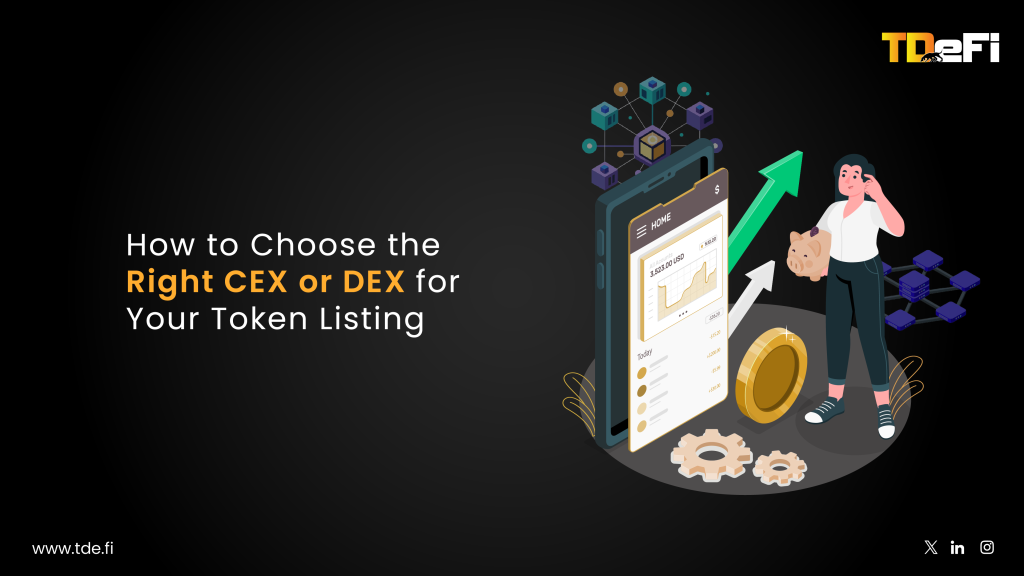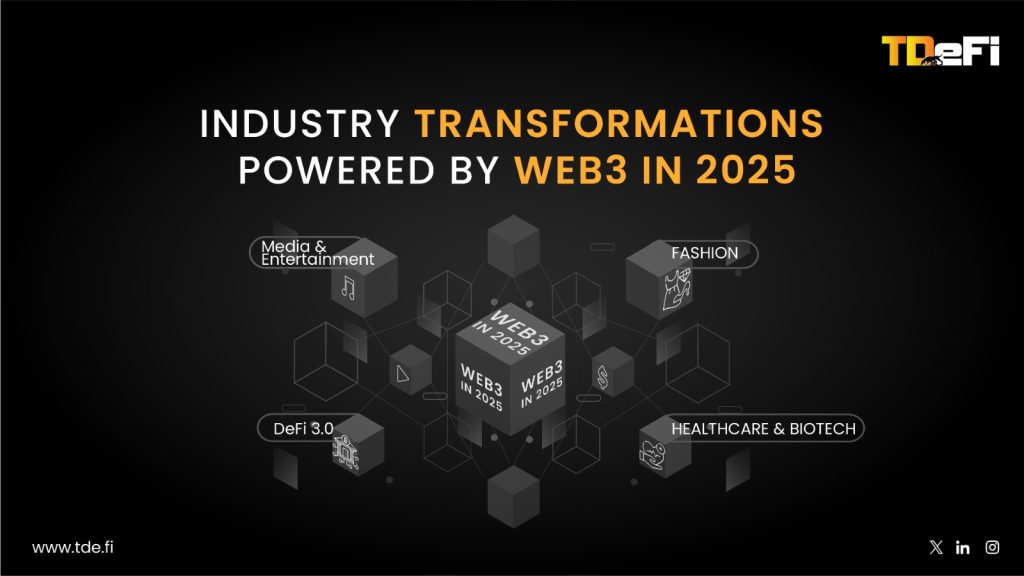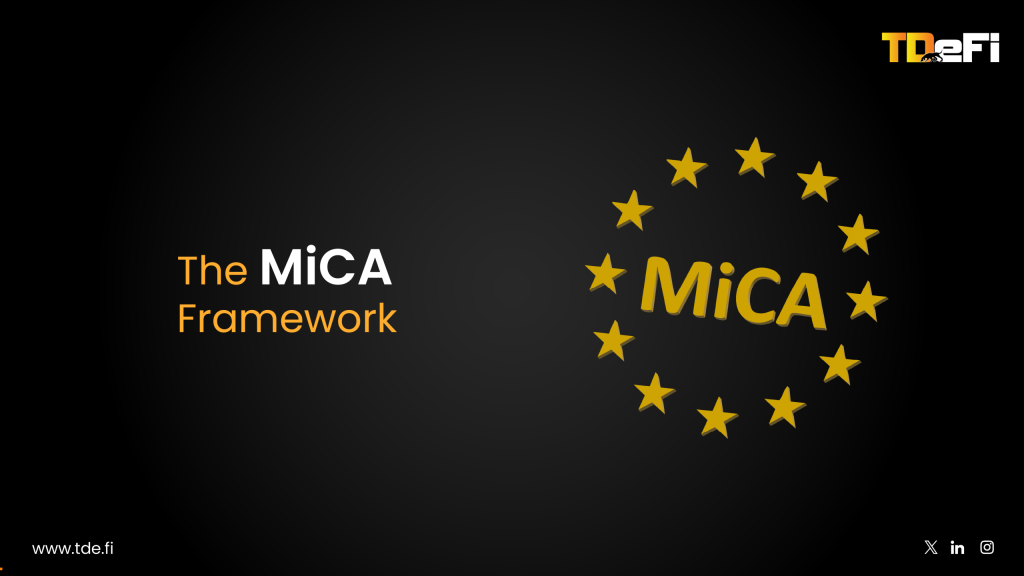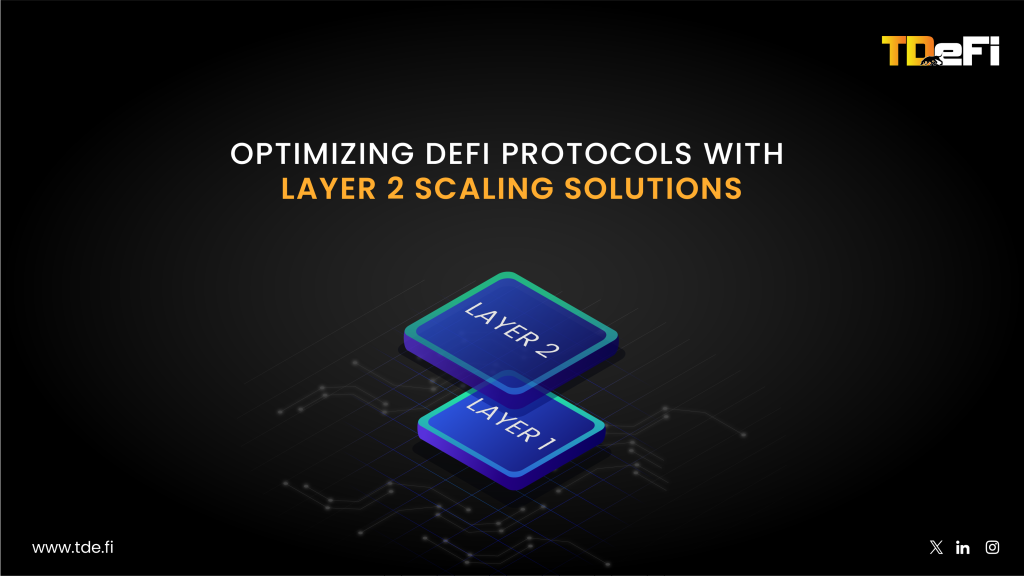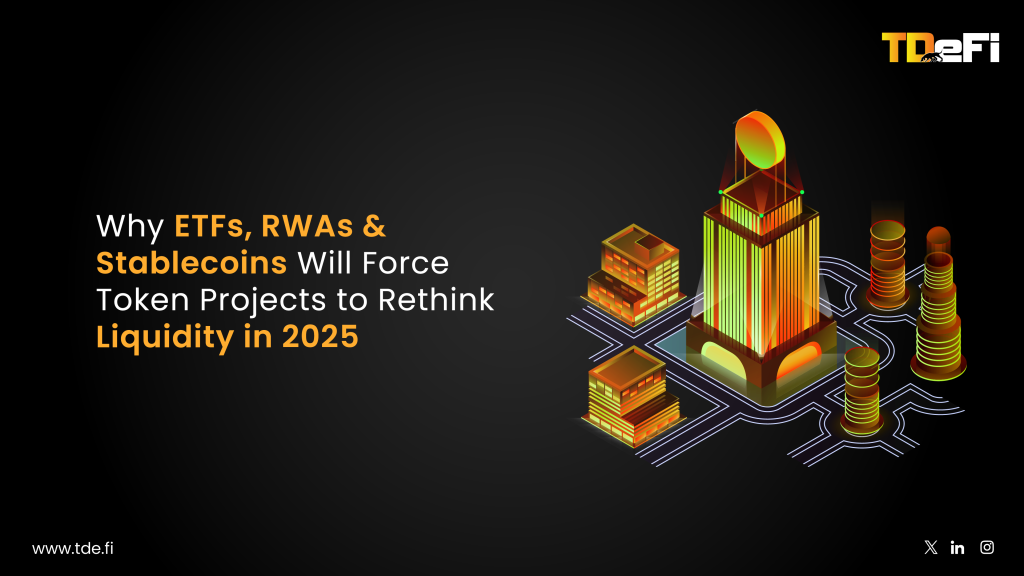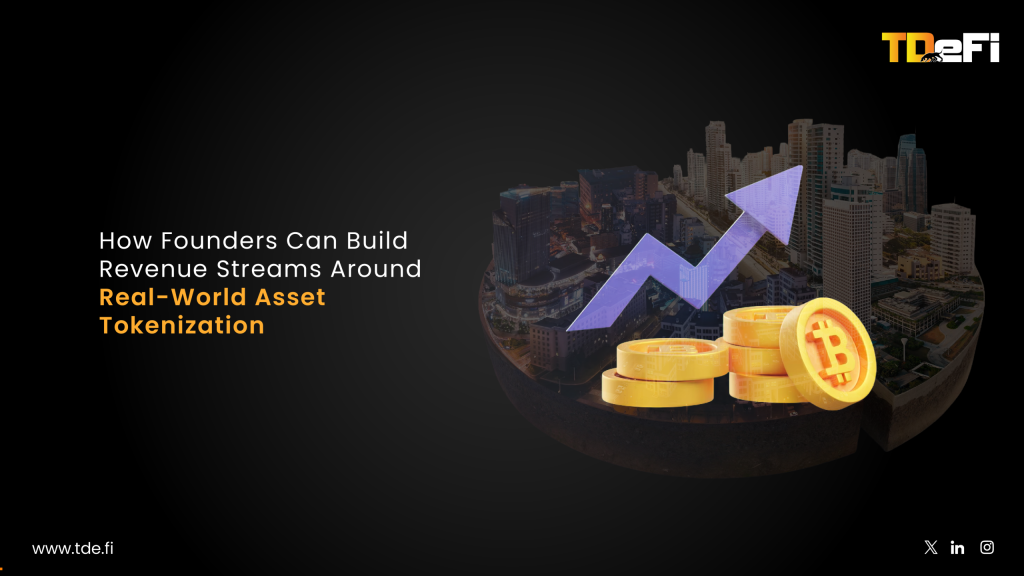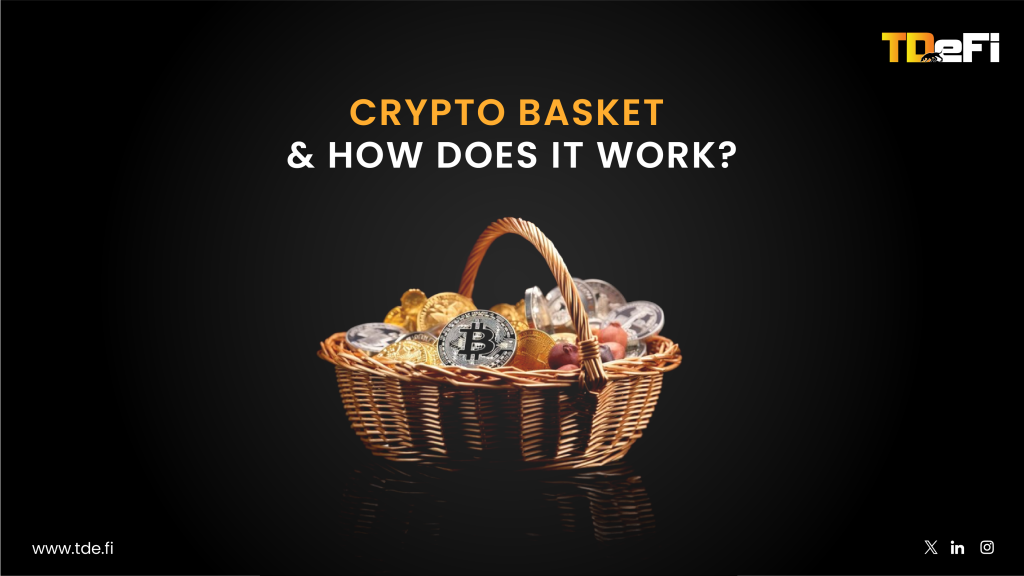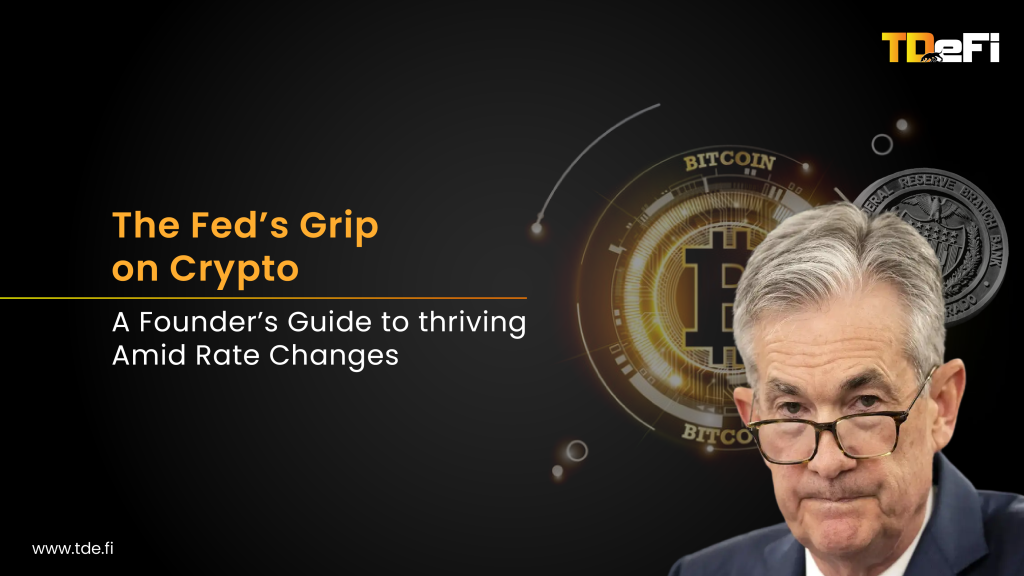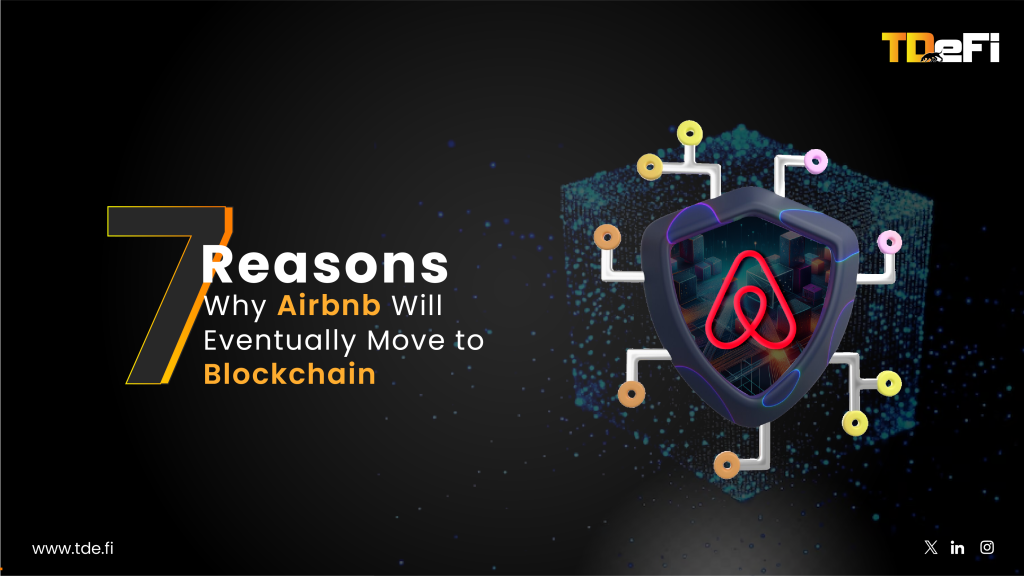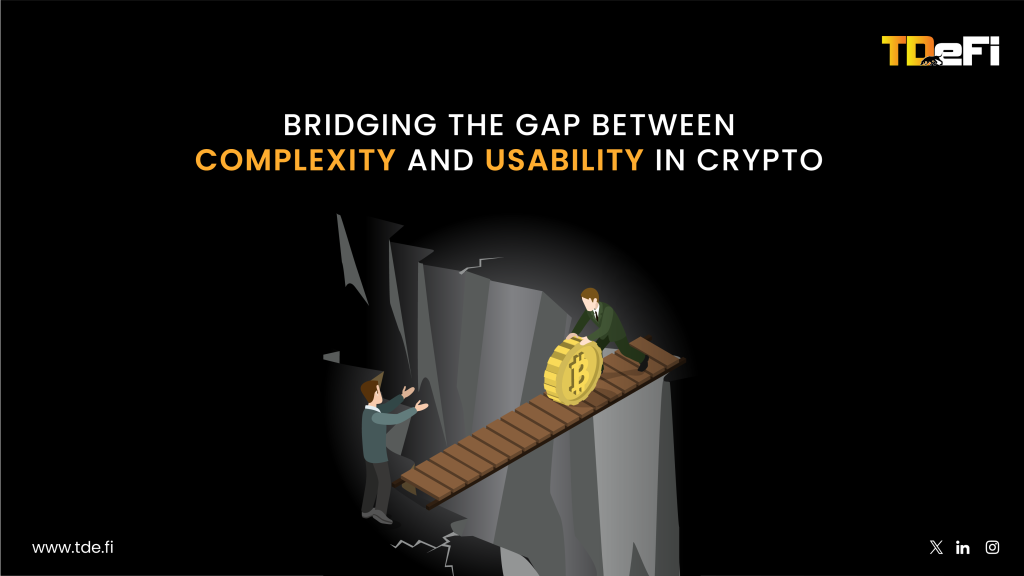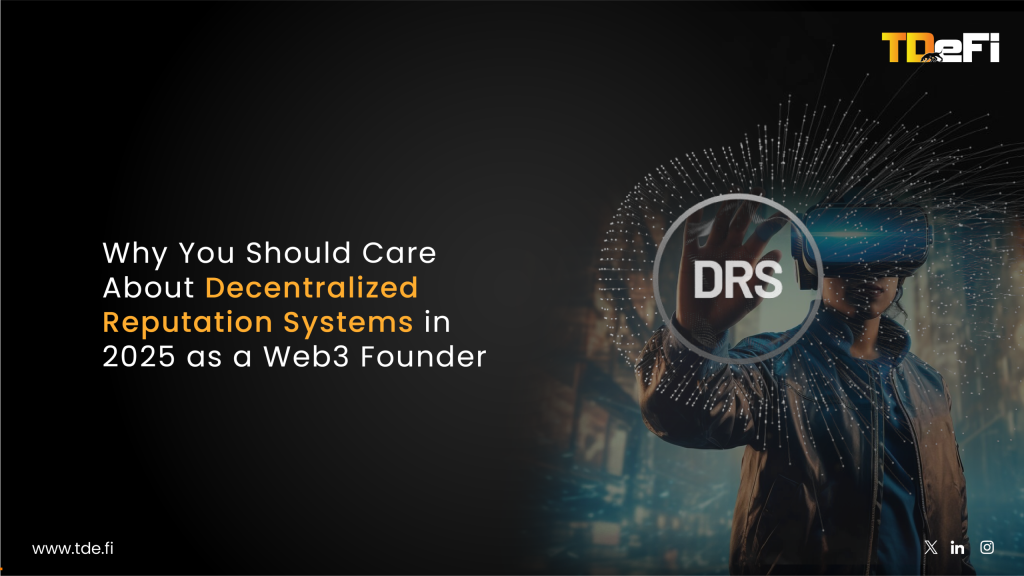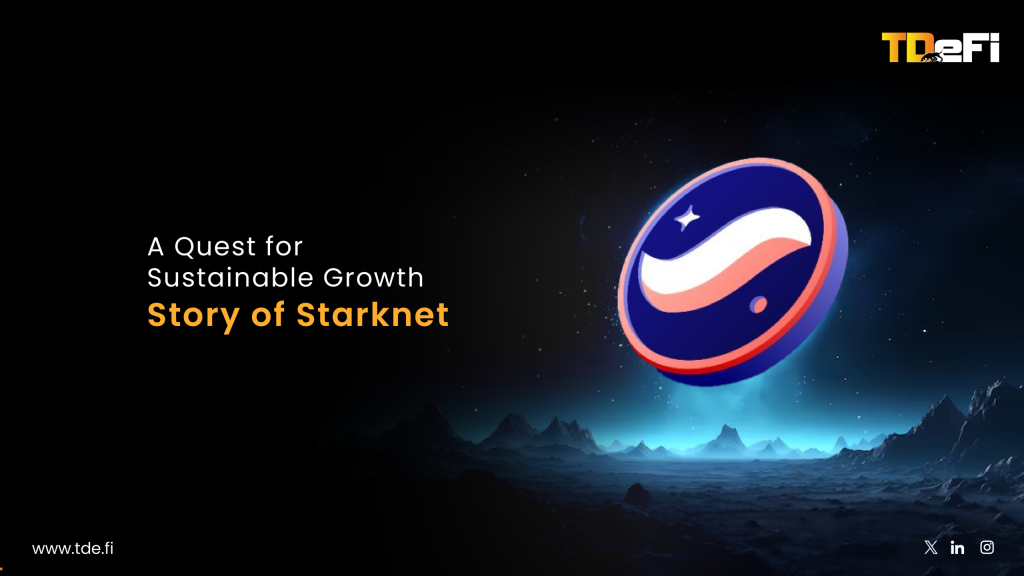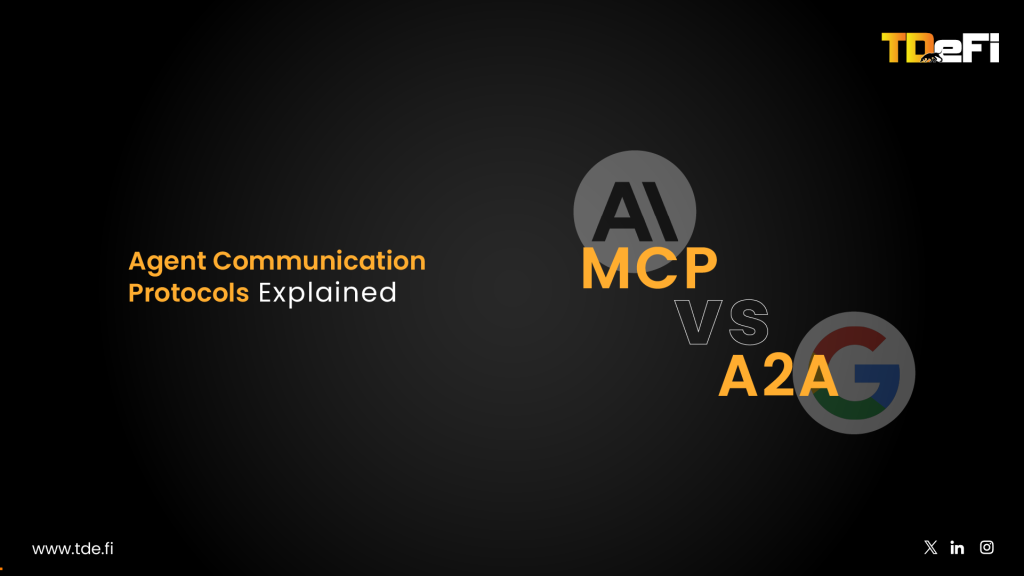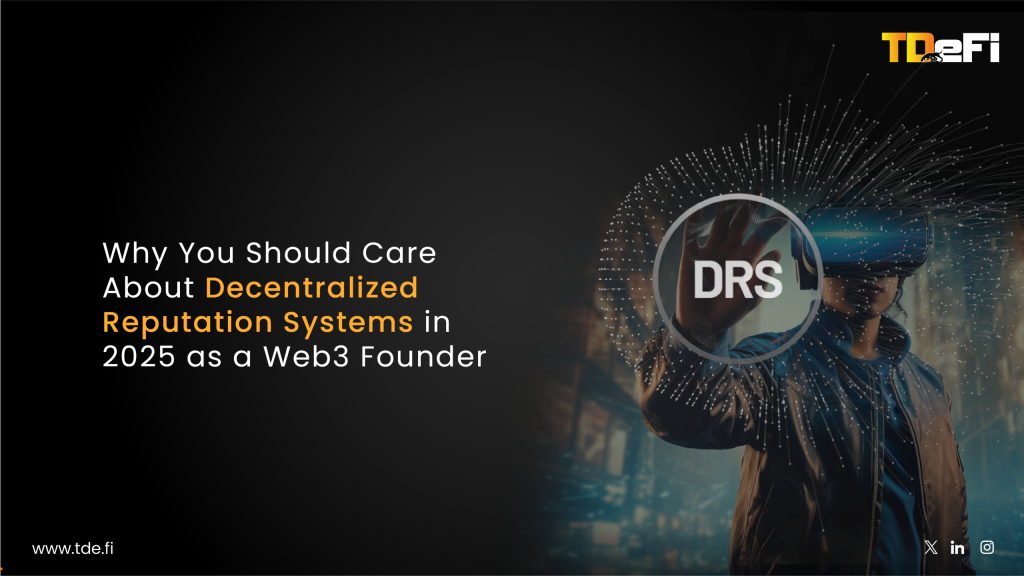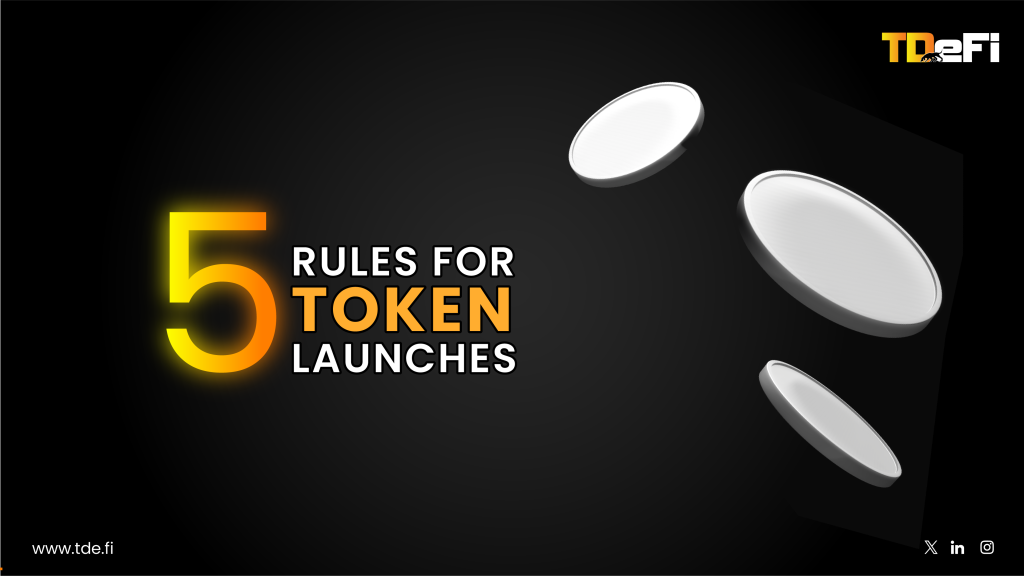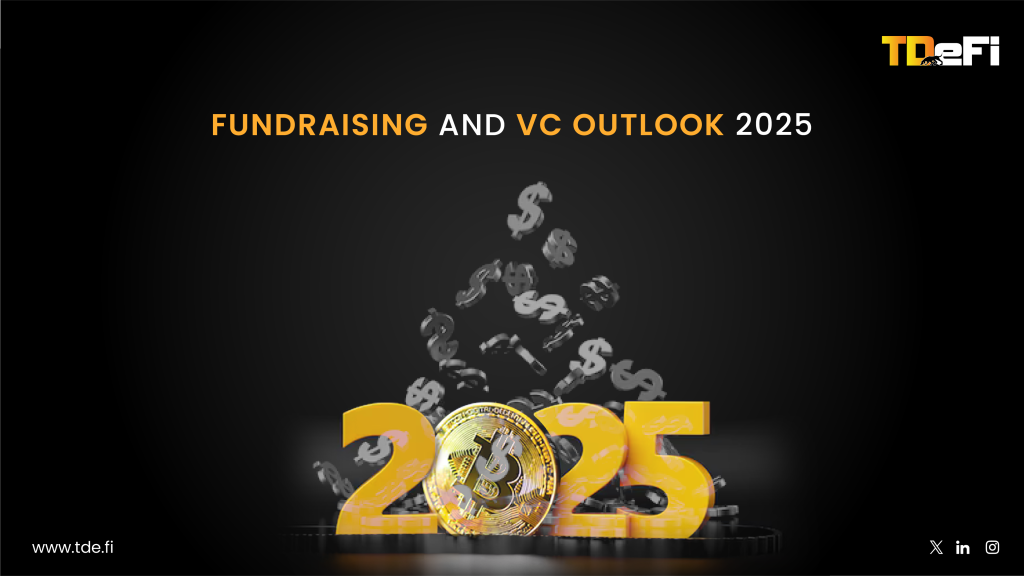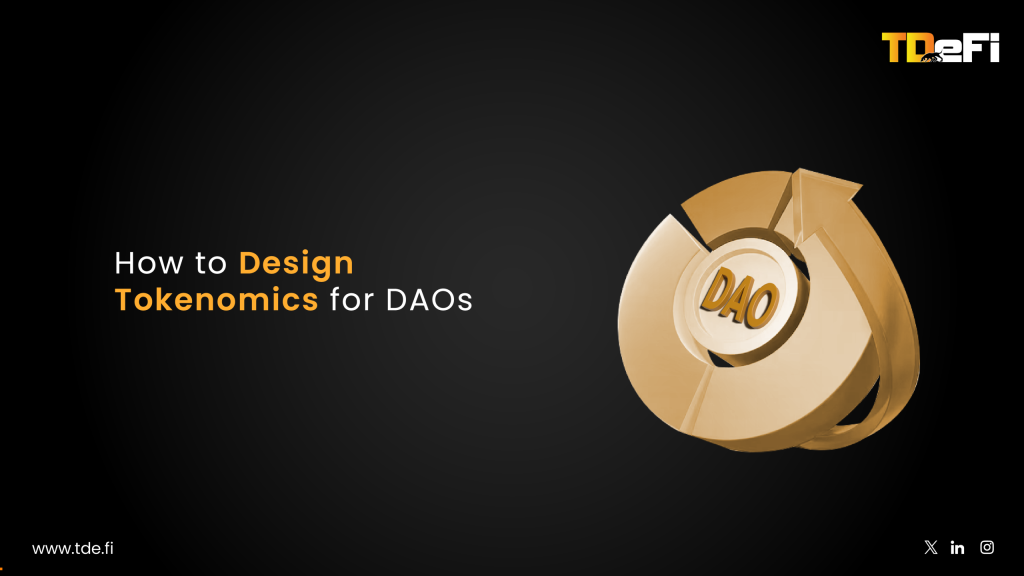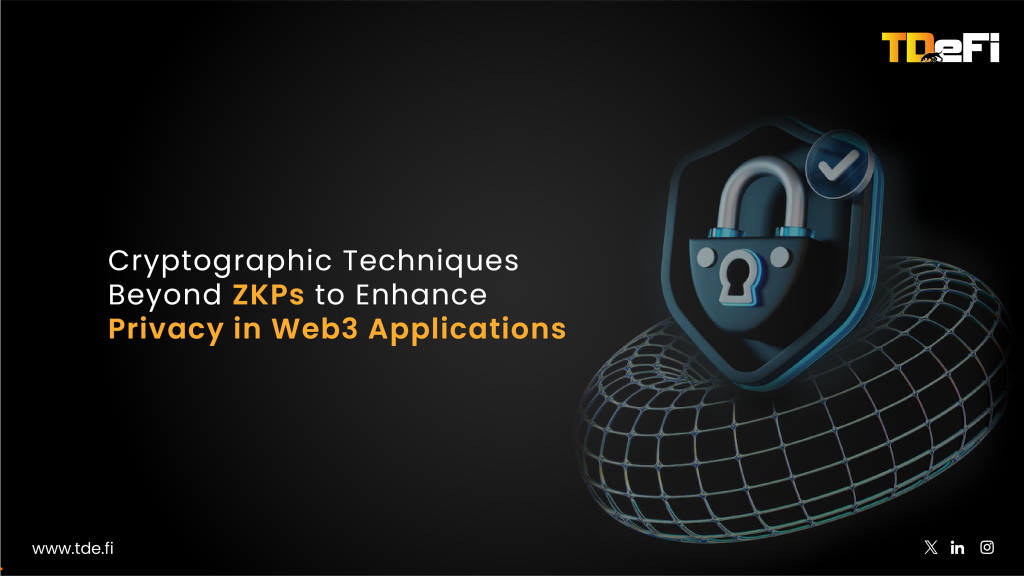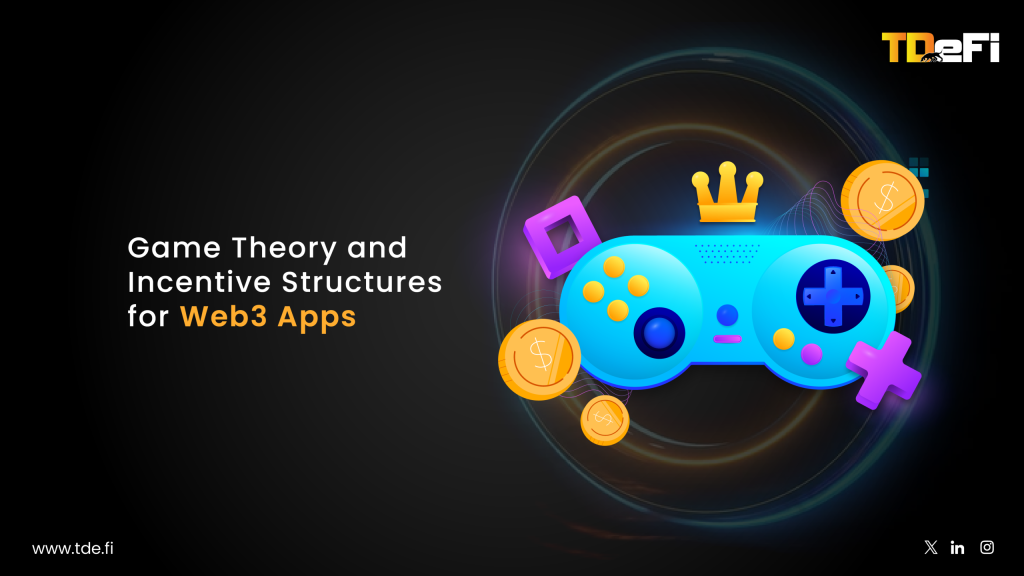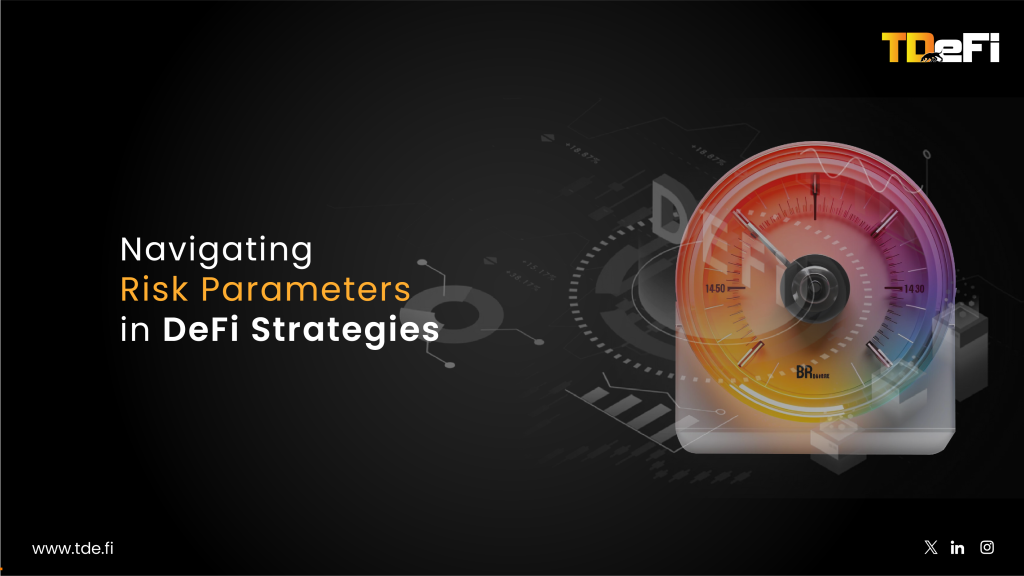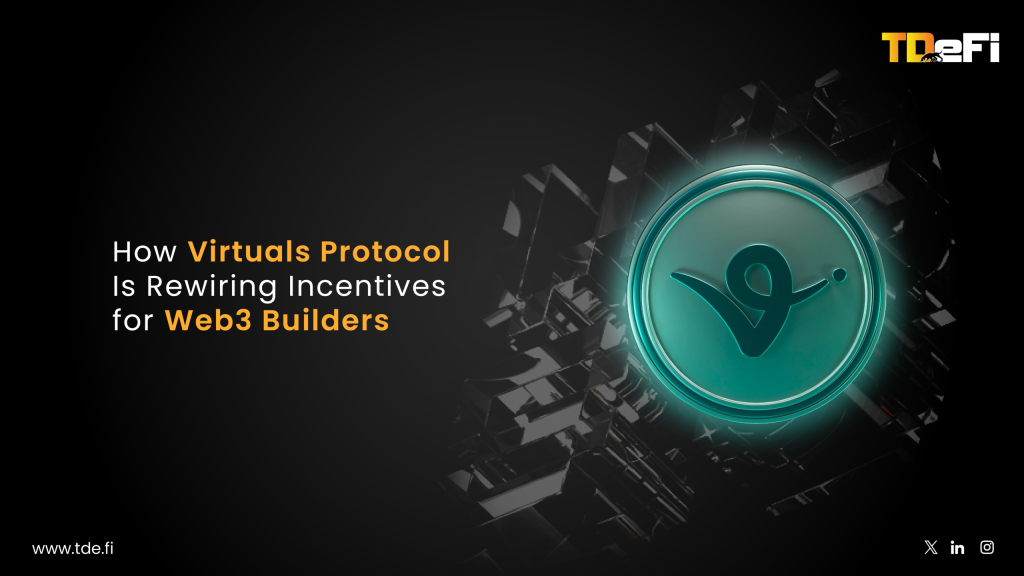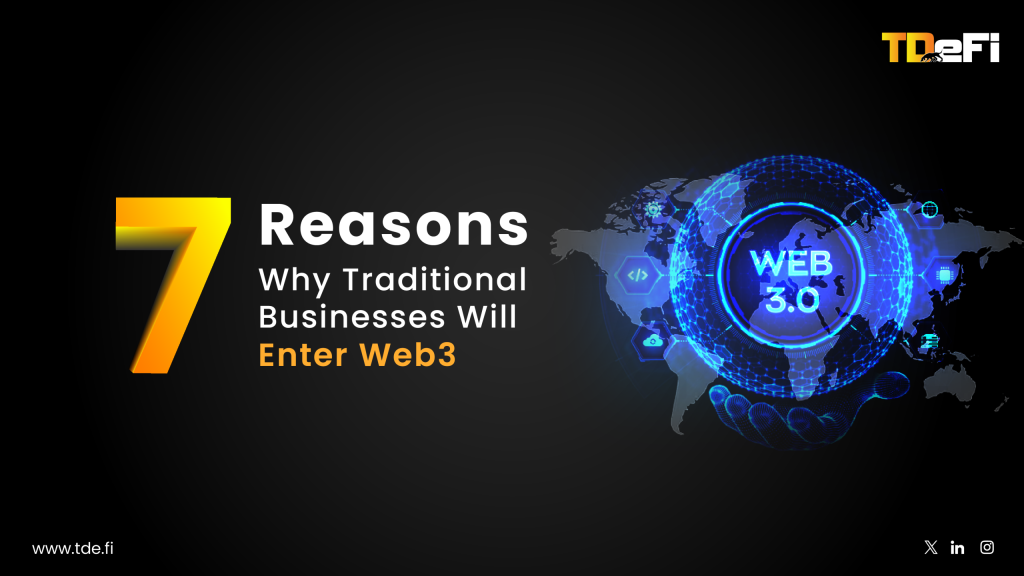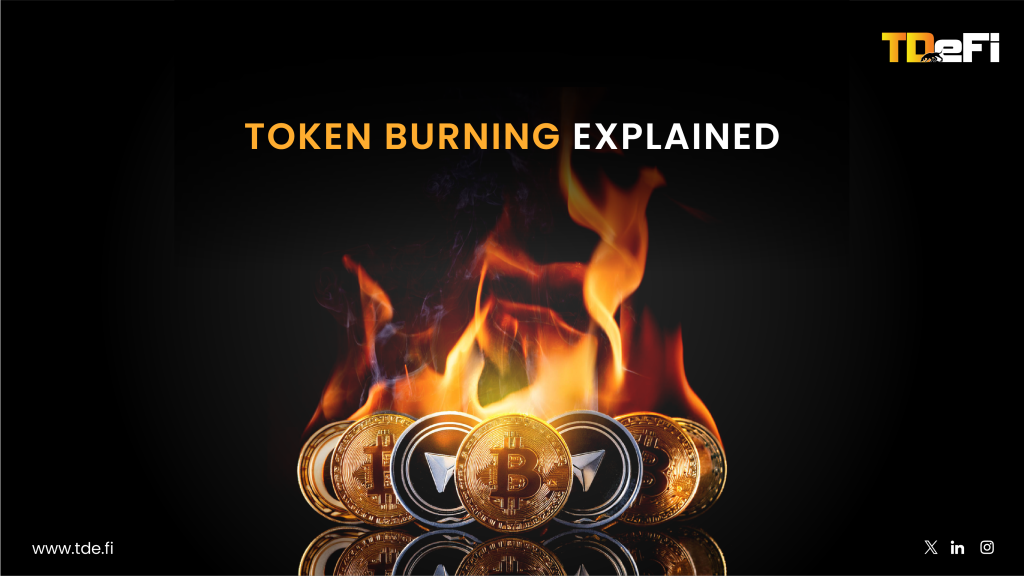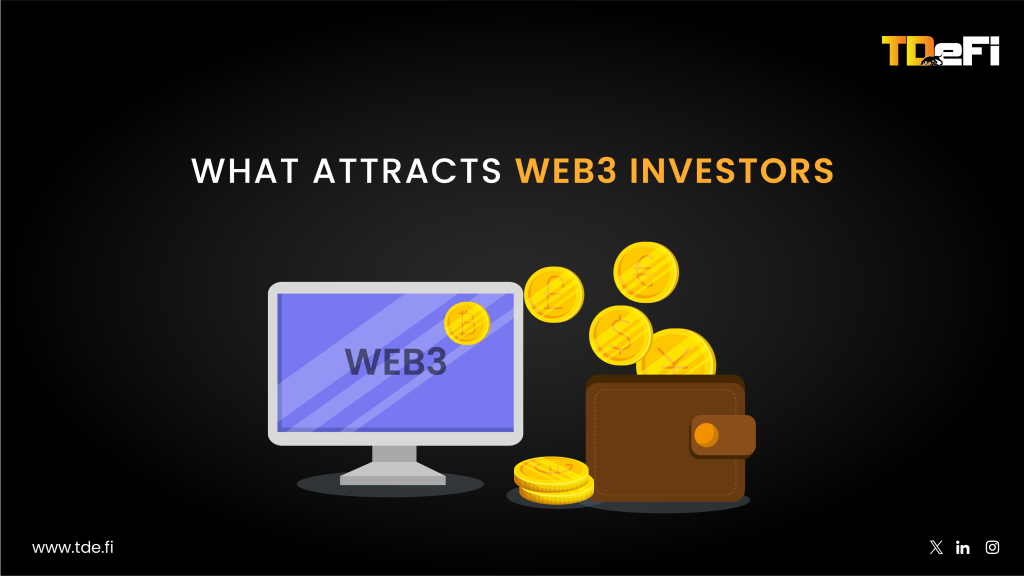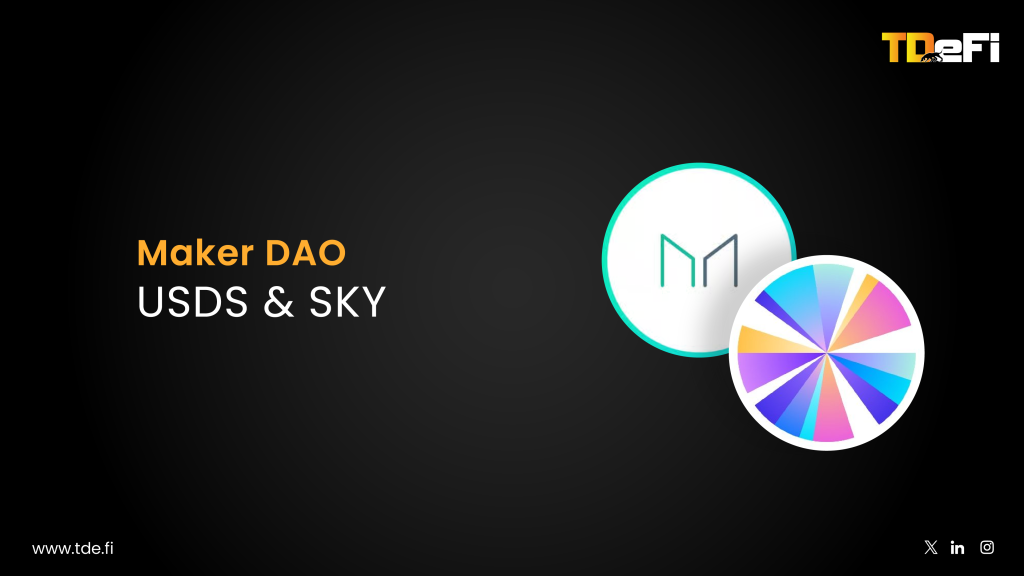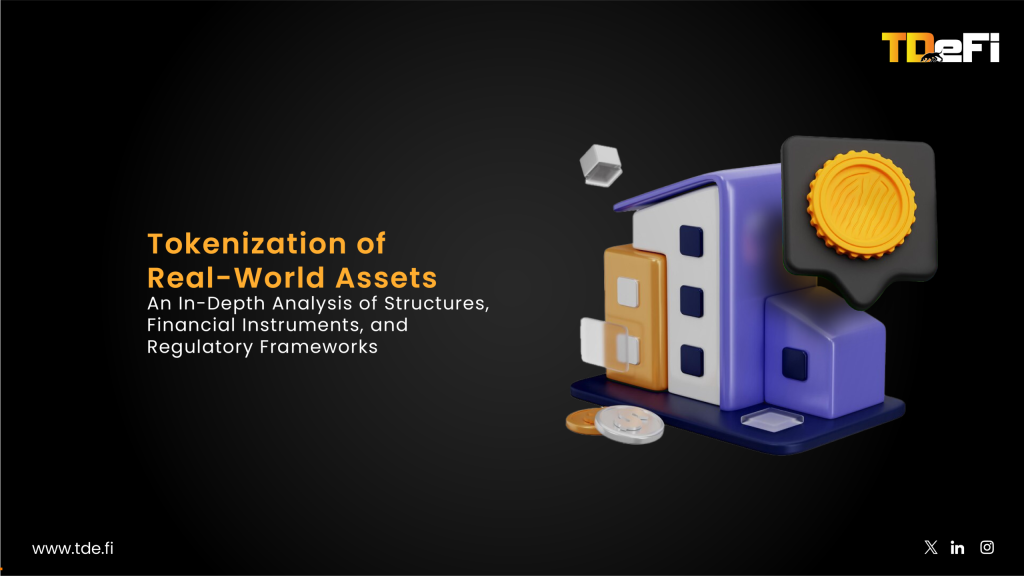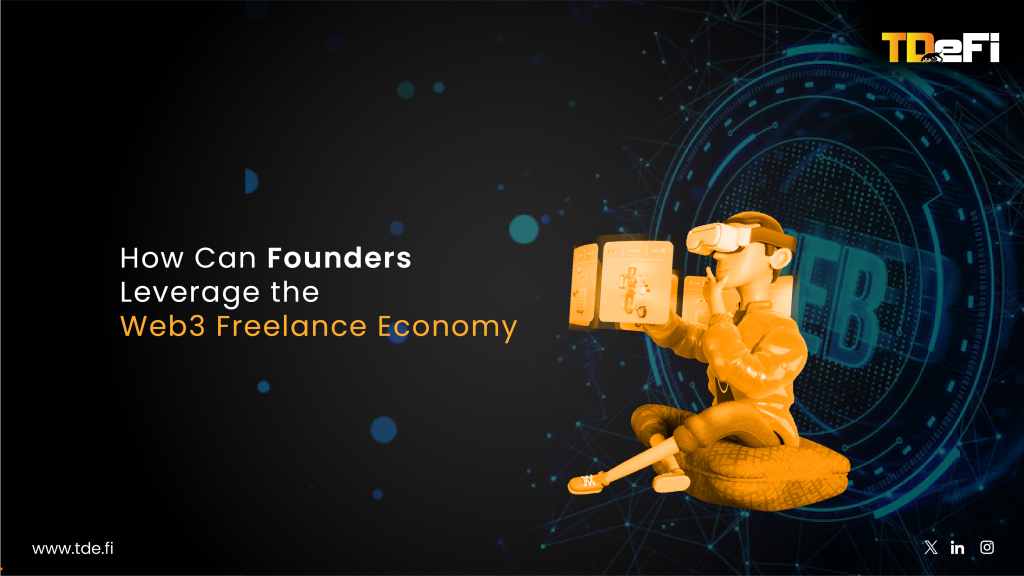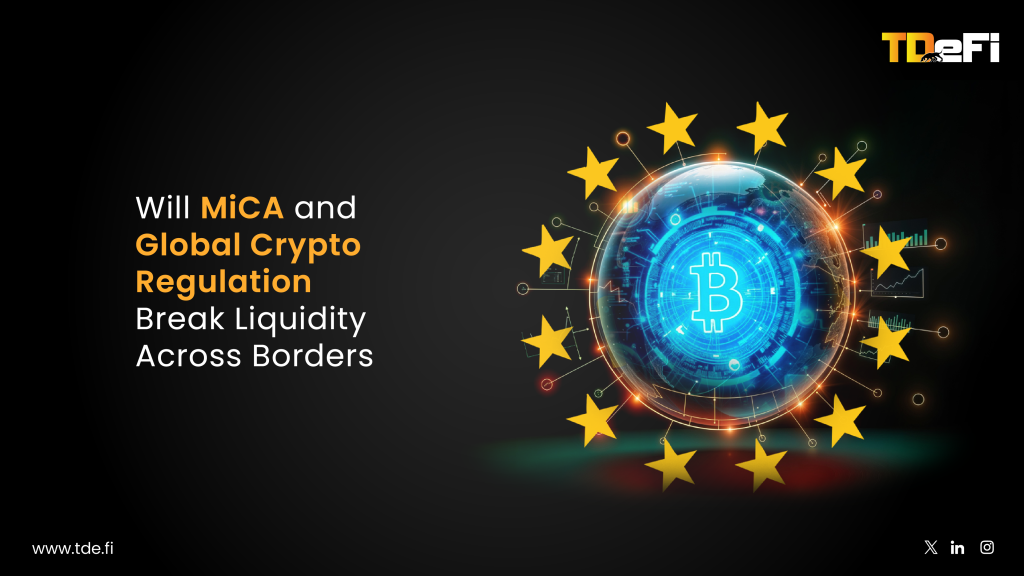A Journey from Gold Coins to Digital Tokens
TL;DR
Beyond charts, whitepapers, and supply caps, Tokenomics is about engineering economic gravity—designing token systems that attract users, keep them engaged, and align incentives between builders, users, and investors. From Bitcoin’s fixed-supply thesis to Ethereum’s burn-and-build dynamics, tokenomics is the invisible hand behind Web3’s biggest wins (and its most public collapses). In this blog, we go beyond surface-level definitions and unpack real-world token strategies, lessons from failed models, and critical design principles for Web3 founders looking to build something that lasts.
Introduction
Imagine yourself in the vibrant marketplace of ancient Rome. Merchants shouting, people bargaining, and gold coins exchanging hands. Each coin holds value because the community agrees upon its worth. Fast forward to today, and the fundamental way we assign value hasn’t drastically changed. The marketplace has simply moved from busy Roman streets to digital platforms, with gold coins transformed into digital tokens.
But how can a mere digital representation—something intangible and invisible—hold real economic value? The answer lies in a revolutionary economic framework called Tokenomics. It’s a new-age economic model designed specifically for blockchain-based digital assets, combining traditional economics with cutting-edge technology. To fully understand Tokenomics, let’s start from the basics.
What is a Token
Tokens, at their simplest, are digital representations of value or rights within a blockchain ecosystem. Think of them as arcade tokens: you buy them with real money, but their utility exists only within that arcade. Similarly, digital tokens function within specific ecosystems, enabling transactions, governance, and incentive alignment.
Token Categories
- Utility Tokens – These allow access to products or services within a network (think arcade tokens used to play games).
- Governance Tokens – These give holders decision-making power within the network (imagine voting shares in traditional companies).
- Security Token – These represent traditional assets like equity, debt, or real estate.
- Non-Fungible Tokens (NFTs): These represent unique digital assets such as art or collectibles.
Each type of token has a specific role, collectively driving blockchain economies forward.
The Role of Tokens in Digital Economies
In modern economies, tokens serve multiple functions that can be likened to traditional currencies but with added layers of complexity and utility. For instance:
– Facilitating Transactions: Just as cash is used for everyday purchases, utility tokens can be used to pay for services on platforms like Ethereum or Binance Smart Chain.
– Creating Incentives: Governance tokens empower users to vote on project developments and changes, creating a sense of ownership and responsibility among community members. One of the reasons Axie Infinity got viral adoption was due to their incentive mechanism. Irrespective of how it ended up, looking at the bright side, they leveraged token incentives to drive adoption
– Representing Ownership: Tokens allow investors to own a fraction of real-world assets like real estate or stocks without needing intermediaries. DeFa tokenises invoices, making these sophisticated financial instruments accessible to retail investors.
As tokenisation continues to evolve, the importance and variety of tokens will likely expand, leading to new economic models and opportunities.
Why Tokenomics Matters: Lessons from History
In 1637, Dutch tulip bulbs sold for prices higher than houses in the Netherlands—a phenomenon now known as “Tulip Mania.” When the bubble burst, fortunes vanished overnight.
The lesson? When scarcity, hype, and unchecked speculation drive prices far beyond intrinsic value, any asset—no matter how attractive—becomes vulnerable to collapse.
This historical lesson is extremely relevant to today’s crypto markets. Projects without robust Tokenomics risk becoming the next tulip craze—speculative hype leading to eventual collapse. Thus, Tokenomics is crucial for stability, incentivization, and sustained growth of digital ecosystems.
As Nobel laureate economist Milton Friedman once predicted:
“I think the internet is going to be one of the major forces for reducing the role of government…the one thing that’s missing is a reliable e-cash—a method by which you can transfer funds anonymously.”
Blockchain and Tokenomics are fulfilling Friedman’s vision, reshaping traditional economic structures in ways we’ll continuously explore throughout this series.
Traditional Economics vs. Tokenomics – Drawing Parallels and Differences
Tokenomics represents a fascinating evolution of traditional economics, adapting age-old principles to the digital, decentralized world of blockchain. While rooted in the same fundamental concepts, Tokenomics introduces groundbreaking innovations that redefine how economic systems operate. Let’s explore these parallels and distinctions in a way that highlights their transformative potential.
Parallels Between Traditional Economics and Tokenomics
At its core, Tokenomics is built upon the same foundational pillars as traditional economics:
1. Supply and Demand Determine Value
Just as the price of gold rises when demand outpaces supply, the value of a cryptocurrency depends on its scarcity and utility. For instance, Bitcoin’s capped supply of 21 million coins mirrors the scarcity principle of precious metals, driving its value over time.
2. Incentives Guide Human Behavior
Traditional economies rely on incentives like wages to motivate productivity. Similarly, blockchain ecosystems use mechanisms such as staking rewards or governance rights to encourage participation and align interests within decentralized networks.
3. Governance Structures Ensure Fairness and Order
Whether it’s a central bank managing monetary policy or a decentralized autonomous organization (DAO) allowing token holders to vote on protocol upgrades, governance plays a critical role in maintaining trust and stability.
These shared principles demonstrate that Tokenomics isn’t a radical departure from traditional economics but rather its digital adaptation.
Differences in Traditional economics vs Tokenomics
While Tokenomics builds upon traditional economic frameworks, it also introduces revolutionary features that set it apart:
1. Decentralization i.e. Power to the People
Traditional economic systems are centralized, with governments or institutions like central banks holding significant control over monetary policies. For example, during economic downturns, Keynesian economists advocate for government intervention through fiscal policies like public spending or tax cuts. In contrast, Tokenomics shifts power to the community through decentralized governance models.
– Example: Uniswap’s governance token (UNI) allows holders to vote on critical decisions like fee structures or treasury allocation. This democratization reflects Friedrich Hayek’s principle of dispersed knowledge: “Knowledge is decentralized; thus decision-making should be decentralized.”
Decentralization not only fosters inclusivity but also reduces the risks associated with single points of failure inherent in centralized systems.
2. Programmable aka Economic Rules Written in Code
In traditional economies, central banks control money supply through policies like quantitative easing or interest rate adjustments. However, these decisions are often opaque and subject to political influence. Tokenomics replaces this with programmable scarcity—hard-coded rules that govern token supply.
– Example: Bitcoin’s fixed supply of 21 million coins ensures that no more can ever be created. Ethereum takes this further with mechanisms like EIP-1559, which burns transaction fees to reduce supply over time.
Programmable scarcity provides predictability and transparency, empowering investors with clear expectations about future supply dynamics.
3. Transparent Trustless Systems that Eliminates Middlemen
Traditional economies rely heavily on intermediaries like banks or brokers to facilitate transactions and enforce trust. These intermediaries often introduce inefficiencies, costs, and risks (e.g., corruption or mismanagement). Blockchain eliminates this need by creating trustless systems where transactions are verified through cryptographic algorithms
– Example: Smart contracts on Ethereum automatically execute agreements when predefined conditions are met—no lawyers or escrow agents required.
This transparency not only reduces costs but also fosters greater confidence among participants by ensuring that rules are applied consistently without bias.
A Tale of Two Economies
To better understand how these differences play out in practice, consider two scenarios:
– In a traditional economy, inflation is managed by central banks adjusting interest rates or printing money as needed. While effective in some cases, these decisions can lead to unintended consequences like hyperinflation (e.g., Zimbabwe) or asset bubbles (e.g., the 2008 financial crisis).
– In a tokenized economy, inflation is controlled algorithmically. For instance, stablecoins like DAI maintain price stability through smart contracts that adjust token supply based on market conditions—completely independent of human intervention.
These examples highlight how Tokenomics leverages technology to address some of the inefficiencies and vulnerabilities inherent in traditional systems.
Key Elements of Tokenomics: Crafting Digital Economies
Tokenomics hinges upon several key components that determine how a digital economy grows and sustains itself while generating value. Let’s dive deeper into these essential components:
1. Token Supply (Scarcity and Abundance)
The first foundational pillar of Tokenomics is token supply. Supply dynamics deeply influence the value of tokens much like traditional economic commodities such as gold or oil.
Example: Bitcoin’s Scarcity Model
Bitcoin’s Tokenomics is straightforward yet profoundly impactful. The total supply is strictly capped at 21 million coins—mimicking precious resources like gold. This limited supply creates a sense of digital scarcity that drives demand higher over time if adoption continues.
This scarcity model was envisioned by Bitcoin’s creator Satoshi Nakamoto who drew inspiration from precious metals’ economics.
Economist Milton Friedman famously predicted the emergence of digital currencies based on scarcity principles decades before Bitcoin’s inception – “I think the internet is going to be one of the major forces for reducing the role of government.”
Example: Ethereum’s Controlled Inflation and Burn Model (EIP-1559)
Contrasting Bitcoin’s fixed model, Ethereum’s supply was originally unlimited. To maintain economic stability, Ethereum introduced EIP-1559—an innovative mechanism that burns (permanently removes from circulation) a portion of transaction fees. This reduces circulating supply over time creating deflationary pressure on Ethereum’s price.
Think of Ethereum’s model as similar to how central banks sometimes buy back their currencies from the market to stabilize value; however Ethereum’s EIP-1559 serves this purpose transparently and algorithmically. (We’ll cover more about deflationary mechanisms like these in future articles.)
2. Token Distribution (Ensuring Fairness and Sustainability)
The distribution model of tokens is another crucial element. Poor distribution can lead to centralization and inequality harming trust and community involvement—similar to wealth distribution in national economies.
Example: Ethereum’s ICO vs. Traditional IPO
Ethereum conducted one of the earliest Initial Coin Offerings (ICOs), raising capital directly from the community by selling Ether tokens. Unlike traditional IPOs where investment banks and institutional investors dominate, ICOs democratized early-stage investment allowing ordinary individuals globally to become stakeholders.
However this openness had its drawbacks; many ICOs lacked regulation causing scams and failures; hence fair and thoughtful token distribution became significant for project credibility.
Remember what happened The South Sea Bubble
In 1720 England witnessed the South Sea Bubble where exclusive stock rights led to massive speculative frenzy followed by collapse; similarly modern crypto projects that concentrate tokens in too few hands risk repeating this historic mistake—creating short-term hype but long-term vulnerability. (We’ll analyze the detailed impacts of different token distribution methods in an upcoming article.
3. Token Utility (Real-world Application and Value Creation)
Utility is fundamental to tokenomics; without tangible utility tokens remain speculative assets; practical utility ensures sustained demand, market relevance and stable growth.
Example: Binance Coin (BNB)
BNB started as a utility token for the Binance Exchange allowing users discounts on trading fees when paying with BNB; Binance subsequently expanded BNB’s use case into DeFi applications NFT marketplaces even online shopping platforms. BNB’s value appreciates directly through its ever-growing use cases creating a self-reinforcing cycle of increased adoption utility consequently higher demand.
Think of Arcade Tokens as Utility Tokens
Arcade tokens illustrate token utility clearly: purchased tokens grant access to games; without games (utility) tokens lose purpose; similarly blockchain tokens must have clear purposes—be it services governance rights platform discounts—to maintain value. (Future articles will explore more about how utility tokens revolutionize traditional business models.)
4. Governance Tokens (Decentralization and Democracy)
Traditional economic structures rely on centralized authorities making key decisions; tokenomics radically shifts this paradigm through decentralized governance where decision-making is spread across the community.
Example: Uniswap (UNI) and Decentralized Autonomous Organizations (DAOs)
Uniswap’s UNI token empowers holders to vote on critical decisions such as fee structures, treasury spending upgrades etc.; this decentralization reflects Friedrich Hayek’s economic principles of dispersed knowledge- “Knowledge is decentralized; thus decision-making should be decentralized.”
Decentralized governance isn’t without challenges such as voter apathy dominance by wealthy token holders; yet the core idea promotes democratic engagement, transparency, and collective responsibility.
5. Incentives (Motivating Participation and Aligning Interests)
Tokenomics thrives on incentive structures driving users to actively contribute to project ecosystems; Adam Smith—the father of modern economics—emphasized incentive alignment markets- “It is not from benevolence butcher brewer baker we expect our dinner but from their regard their own self-interest.”
Blockchain projects strategically design incentives like staking rewards yield farming liquidity mining airdrops foster participation loyalty ecosystem growth.
Example: Staking Yield Farming in Decentralized Finance (DeFi)
Platforms like Aave Compound incentivize users to deposit crypto assets offering rewards additional tokens interest payments; this approach boosts liquidity ensuring smooth operations while maintaining user engagement.
However such incentives must be balanced; Terra (LUNA) for instance offered overly aggressive incentives leading to unsustainable inflation and eventual collapse and massive economic losses.
6. Token velocity – refers to the rate at which a cryptocurrency token is exchanged or used within its ecosystem over a specific period. High token velocity indicates frequent transactions and active usage, while low velocity suggests that tokens are being held rather than traded. This metric is crucial for assessing the health of a blockchain network, as it reflects user engagement, liquidity, and economic activity.
M1 and M2 Theories in Traditional Economics
In traditional monetary theory, M1 represents the most liquid forms of money, such as cash and checking deposits, which are readily available for transactions. M2 includes M1 plus less liquid assets like savings accounts and time deposits. It provides a broader view of the money supply by incorporating assets that are not immediately accessible but still contribute to economic activity.
Comparison: Token Velocity vs. M1/M2
1. Liquidity and Circulation: Token velocity is akin to M1, as it measures how frequently tokens are traded or used for transactions within an ecosystem. High velocity indicates active circulation, similar to how cash flows through an economy under M1. Tokens held for staking or governance resemble M2, as they contribute to the ecosystem’s stability but are not actively circulating.
2. Economic Activity – In both cases, higher velocity can indicate robust economic activity. However, excessive velocity (in tokens or money supply) can lead to instability, such as price volatility in crypto markets or inflation in fiat economies.
3. Incentives to Hold – In traditional systems, savings accounts (part of M2) encourage holding money through interest rates. Similarly, mechanisms like staking rewards or governance rights in blockchain ecosystems incentivize users to hold tokens, reducing velocity and promoting long-term stability.
4. Balancing Velocity –Just as central banks aim for balanced money circulation to avoid inflation or stagnation, token issuers design economic models to manage token velocity through mechanisms like vesting periods or burning tokens
Tokenomics is about balance
Tokenomics is a delicate balancing act that combines careful supply management, fair distribution, meaningful utility, decentralized governance aligned incentives, well-managed velocity and properly balanced elements to create sustainable thriving digital economies. Projects such as Ethereum Binance exemplify balanced evolving into sustainable highly valuable ecosystems conversely imbalanced result catastrophic failures; As blockchain technology becomes increasingly mainstream mastery becomes critical—not just crypto enthusiasts businesses economists policymakers investors worldwide;
The Importance Good Tokenomics
Two contrasting projects vividly illustrate significance:
– Terra (LUNA): Once promising collapsed spectacularly 2022 due flawed hyperinflation inadequate unsustainable yields resulted billions evaporating overnight;
– Ethereum: In contrast thoughtful mechanisms smart contracts fee-burning EIP-1559 enabled flourish multi-billion-dollar ecosystem;
These examples reinforce great technology alone insufficient strong model makes difference between sustainable growth spectacular collapse;
Where is Tokenomics heading to?
Tokenomics isn’t just about digital speculative investments reshaping our systems toward greater decentralization transparency fairness expanding through finance NFTs platforms pivotal determining long-term winners;
Economist Nouriel Roubini—a critic warns – “In every bubble there’s always something real at core.” His warning reminds us that while speculative excesses exist, the underlying innovations of Web3 hold genuine, lasting potentia we’ll keep exploring as the space matures.
From Roman marketplaces to modern financial hubs, the fundamental laws of value creation, and trust remain timeless. laws remain timeless redefines principles for digital era;
The future belongs to those who understand not just technology but also frameworks underpinning it. As John Maynard Keynes wisely noted, “The difficulty lies not so much in developing new ideas as in escaping from old ones.”
At TDeFi, we help Web3 founders design, launch, and scale token-powered ecosystems that truly work. Reach out to us now for comprehensive guidance in tokenomics design and growth strategies for your Web3 platform.


